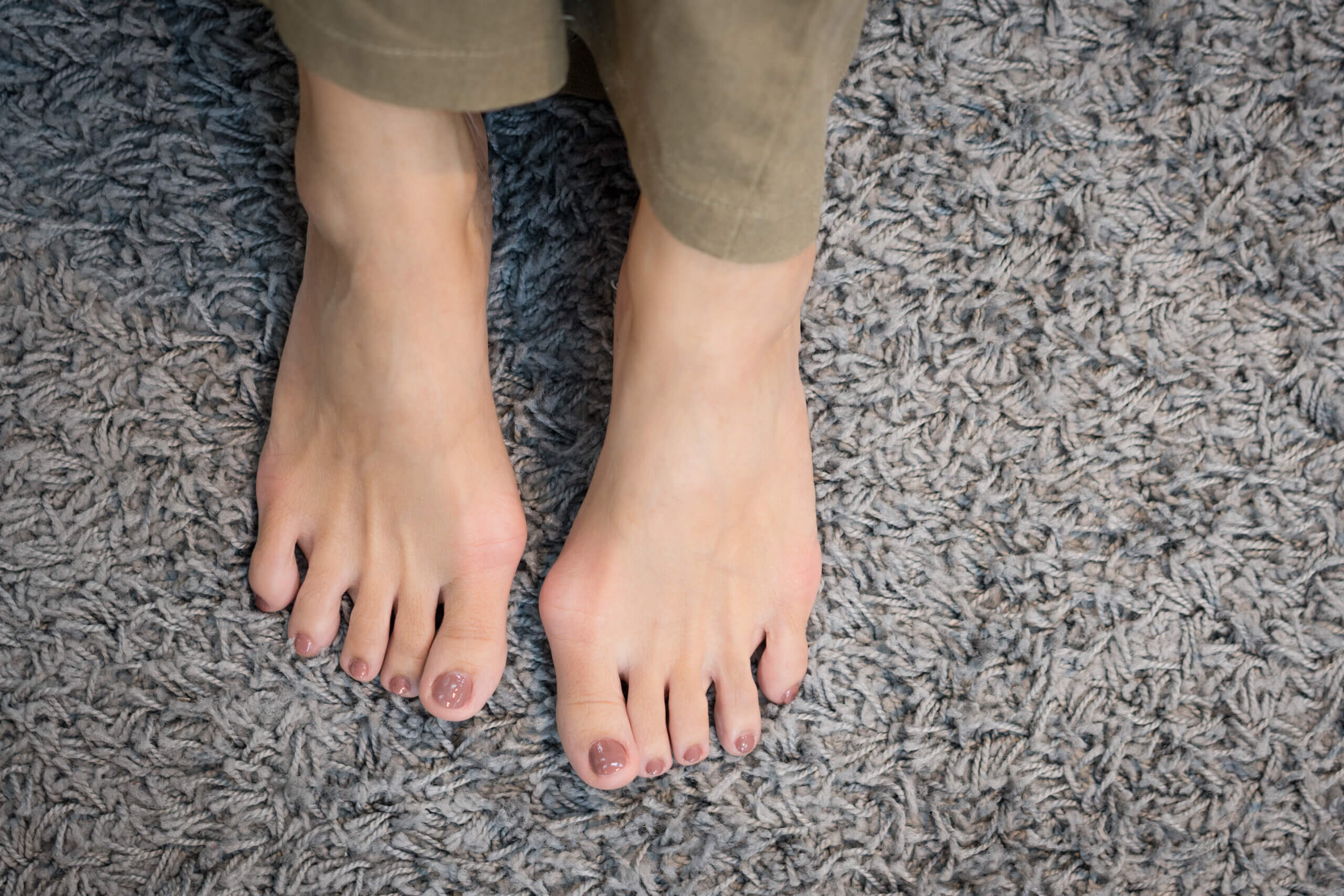Hammer Toes: A Common Foot Deformity
Hammer toes are a common foot deformity that causes the toe to bend abnormally at the middle joint, resembling a hammer. This deformity can lead to pain, difficulty walking, and the development of corns and calluses. Podiatrists, foot and ankle specialists, are well-equipped to diagnose and treat hammer toes.
Understanding Hammer Toes
Hammer toes develop when the muscles and tendons in the foot become imbalanced, causing the toe to curl downward. This can be caused by a variety of factors, including:
- Wearing ill-fitting shoes: Shoes that are too tight or too narrow can put pressure on the toes, leading to deformity.
- Genetics: A family history of hammer toes can increase your risk.
- Injury: Trauma to the foot can damage the tendons and ligaments, contributing to the development of hammer toes.
- Arthritis: Arthritis in the foot joints can lead to stiffness and deformity.
The Role of a Podiatrist
Podiatrists play a crucial role in diagnosing and treating hammer toes. They can:
- Conduct a Physical Examination: Assess the severity of the deformity and any associated conditions, such as corns or calluses.
- Recommend Conservative Treatment: In mild cases, conservative treatments may be sufficient to alleviate symptoms and slow the progression of the deformity.
- Perform Surgical Procedures: In more severe cases, surgery may be necessary to correct the deformity and improve foot function.
Non-Surgical Treatment Options
Non-surgical treatments can be effective for mild cases of Hammer toes. These treatments may include:
- Orthotics: Custom-made orthotics can help to redistribute pressure and alleviate pain.
- Padding: Padding can protect the affected toes from friction and pressure.
- Wide-Toe Box Shoes: Wearing shoes with a wide toe box can help reduce pressure on the toes.
- Physical Therapy: Physical therapy exercises can help strengthen the foot muscles and improve flexibility.
Surgical Treatment Options
In more severe cases of hammer toe, surgery may be necessary to correct the deformity. Surgical options include:
- Percutaneous Tendon Release: A minimally invasive procedure that involves cutting the tight tendons to straighten the toe.
- Arthrodesis: A surgical procedure to fuse the joint of the affected toe, which can help to stabilize the toe and improve its alignment.
- Soft Tissue Release: A procedure to release tight tendons and ligaments around the toe.
Recovery and Aftercare
The recovery time after hammer toe surgery varies depending on the specific procedure performed. During the recovery period, it’s important to follow your podiatrist’s instructions and avoid activities that may put stress on the foot. Your podiatrist may recommend wearing a protective boot or cast to immobilize the foot and promote healing.
Preventing Hammer Toes
While it’s not always possible to prevent hammer toes, there are several steps you can take to reduce your risk:
- Wear Well-Fitting Shoes: Choose shoes that fit properly and provide adequate support.
- Avoid High Heels: High heels can put excessive pressure on the toes, leading to deformity.
- Strengthen Your Foot Muscles: Regular foot exercises can help strengthen the muscles and improve foot function.
- Regular Foot Exams: Schedule regular check-ups with your podiatrist to monitor your foot health.
Conclusion
Hammer toes can cause significant discomfort and impact your quality of life. By seeking early treatment from a qualified podiatrist, you can alleviate symptoms and improve your foot health. With proper diagnosis and treatment, you can regain the comfort and function of your feet.
Reach out to our Podiatrist for hammer toes care (214) 949-8918 Or Visit us https://specialtycareclinics.com/


